Beginning of red gold (saffron) harvest in the green land of Gilan
The head of the Jihad Agricultural Organization of Gilan said: the first harvest of saffron began in Gilan.
The spiritual engineer of the Caspian region announced the beginning of the red gold (saffron) harvest in the green land of Gilan and said: The first saffron harvest took place in the areas of Kajid and Malakut centers in the villages of Motlakuh and Kalamrood.
He added: This harvest has been done at the level of one hectare.
He pointed out that the cultivation of saffron in Iran has a history of four thousand years and according to history, it was the Iranians who introduced saffron to the Greeks, Romans, Chinese and Semitic peoples, including the Arabs, but the history of planting red gold in the green land of Gilan Going back to 5 years ago, he noted: Of course, this comparison does not mean encouraging Gilani farmers to replace saffron with traditional Gilani crops, because both the climatic conditions and the priorities of planting strategic crops will not allow such a thing.
He added: The development of saffron cultivation is only a solution to increase farmers’ incomes and also the development of agriculture in areas where rice, tea and other traditional products of Gilan are not possible.
He added: saffron planting is impossible in the plains of Gilan due to high humidity and heat, but it is possible to plant saffron in most mountainous areas of Gilan (Rudsar, Amlash, Siahkal, Talesh and even Rudbar).
Rouhi said: If farmers in these areas, in addition to planting rice, tea and other traditional crops, devote part of their unemployment time in the fall (usually Gilani farmers are unemployed after harvesting rice and tea) to planting saffron, in addition to reducing unemployment. Seasonally, earn a substantial income.

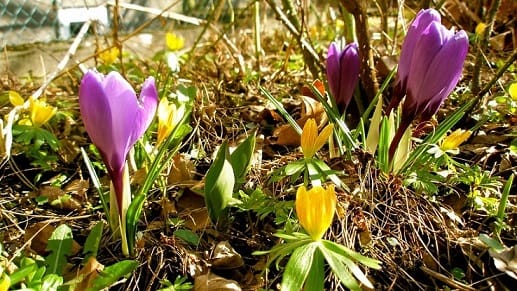
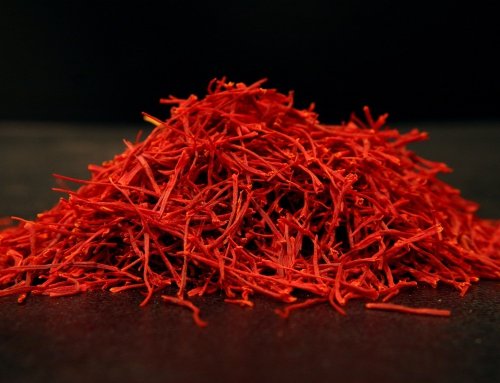
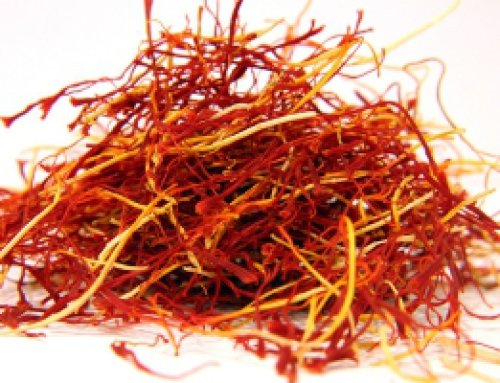
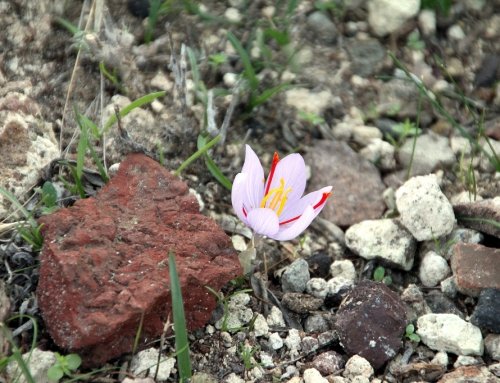
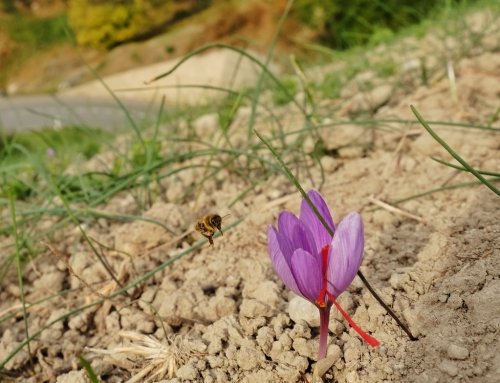

Get Social